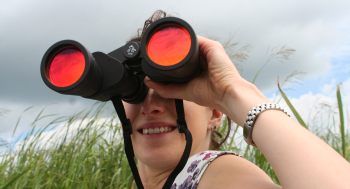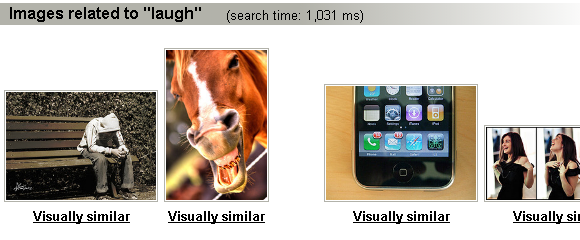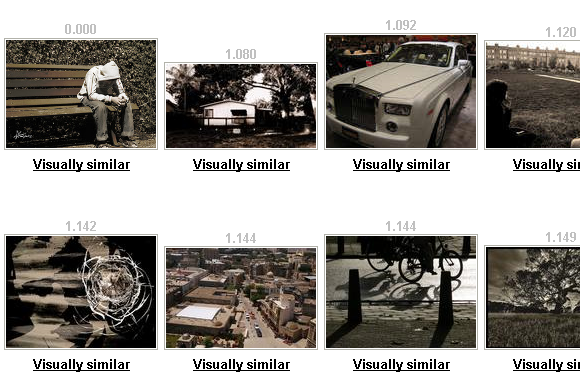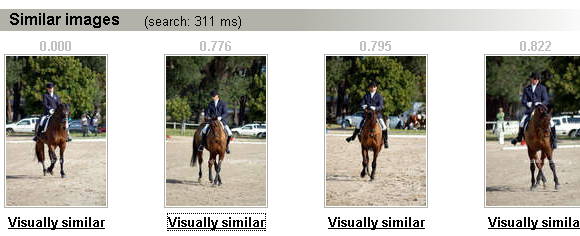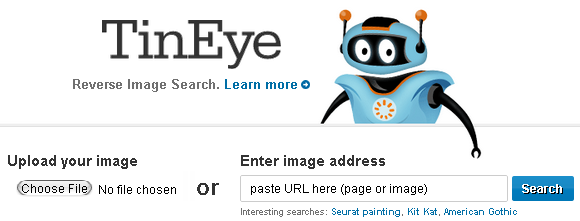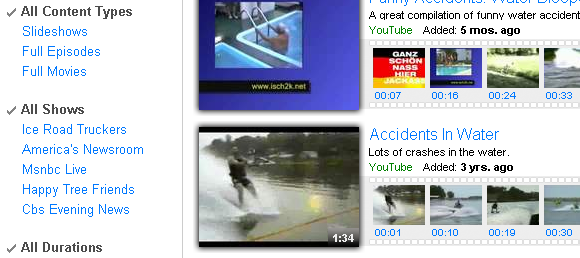Searching for images has long been a neglected feature in common search engines. You had to rely on good tags, otherwise it was difficult to find just the right image. Tracing images across the net was out of the question.
Today, algorithms exist that enable search engines to find similar images or exact copies. Moreover, it is possible to search within videos, which requires a massive amount of computing power.
In this article I introduce three smart visual search engines, that support similarity search, reverse image search, and video search.
MUFIN
MUFIN stands for Multi-Feature Indexing Network. The MUFIN search engine's forte is similarity search in large databases. It compares images as a whole and searches based on color structure, color layout, scalable color, edge histogram, and homogeneous texture.
In the demo you can search 100 million Flickr images.
You start by searching for a general term and all images with a matching tag will come up.
In the next step you pick an image and click "visually similar" to find images that are alike.
Since the visual search engines doesn't recognize objects within the picture, the result will not be convincing in each and every example. This is also reflected in the rating. Lower numbers indicate a higher similarity.
Below is an example with very high similarity.
This demo shows the capacity of the search engine. Unfortunately, the database is comparably small, thus not many highly similar images can be found.
TinEye
TinEye is a reverse image search engine, meaning you can upload an image or provide the URL and it will search for all locations of that very image. This way you can find the origin of the image, its usage, different versions including higher resolutions, or modified copies of the image.
Rather than keywords, metadata, or watermarks, TinEye actually uses image identification technology. When you submit an image, the search engine creates a fingerprint of that image and starts scanning its database for matching images. TinEye's database comprises over 1.5 billion images, thus it should be able to find copies on all popular websites.
For this demonstration I had it search for the MakeUseOf logo. You can sort the search results by "Best Match", "Most Changed", or "Biggest Image".
Suresh has previously profiled TinEye in his article Searching For Images With An Image.
A similar search engine is ALIPR, however, it is not as convenient to use as TinEye. Apparently it also requires a minimum image size to work, which is why I couldn't search for the MakeUseOf logo.
[NO LONGER WORKS] VideoSurf
VideoSurf is a complex search engine filling the niche of video search. Like TinEye it doesn't rely solely on tags to find content. Rather, it depends on computer vision algorithms that allow it to scan the video for relevant results.
As with traditional search engines, you enter keywords to initiate the search. Then you can refine through the top and left hand menu. The top menu will suggest other keywords and in the left hand menu you can select types of content, shows, durations, time posted online, and providers included in the search. In addition, you can search the results by relevance, popularity, newest, oldest, longest or shortest, and season/episode.
For the demonstration of this visual search engine I selected the "full visual summary" view, which includes preview images of the video that you can jump to. But you can also switch to the traditional grid view.
We have previously covered image search engines that you may be interested in. Please check them out:
- Top 5 Black & White Image Search Engines by Ann
- 5 Good Image Search Engines Apart From Google Image Search by Saikat
- The Best 3 Tools to Search for Images Online by Color by Ann
- 10 Tips to Have Fun Using Advanced Google Search for Images by Saikat
- 3 Fascinating Search Engines That Search For Faces by Tina
Which image search engine do you like the most?

